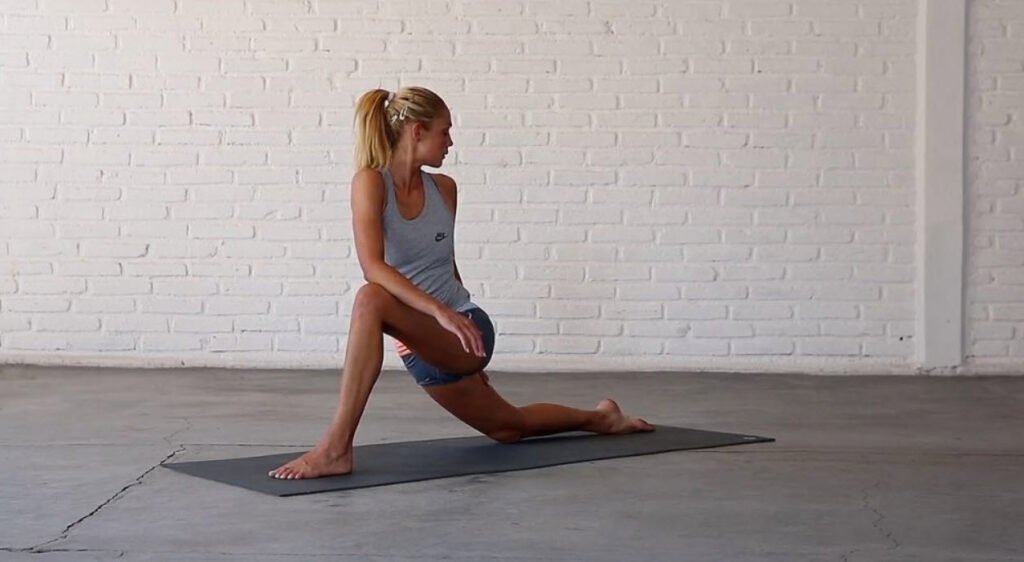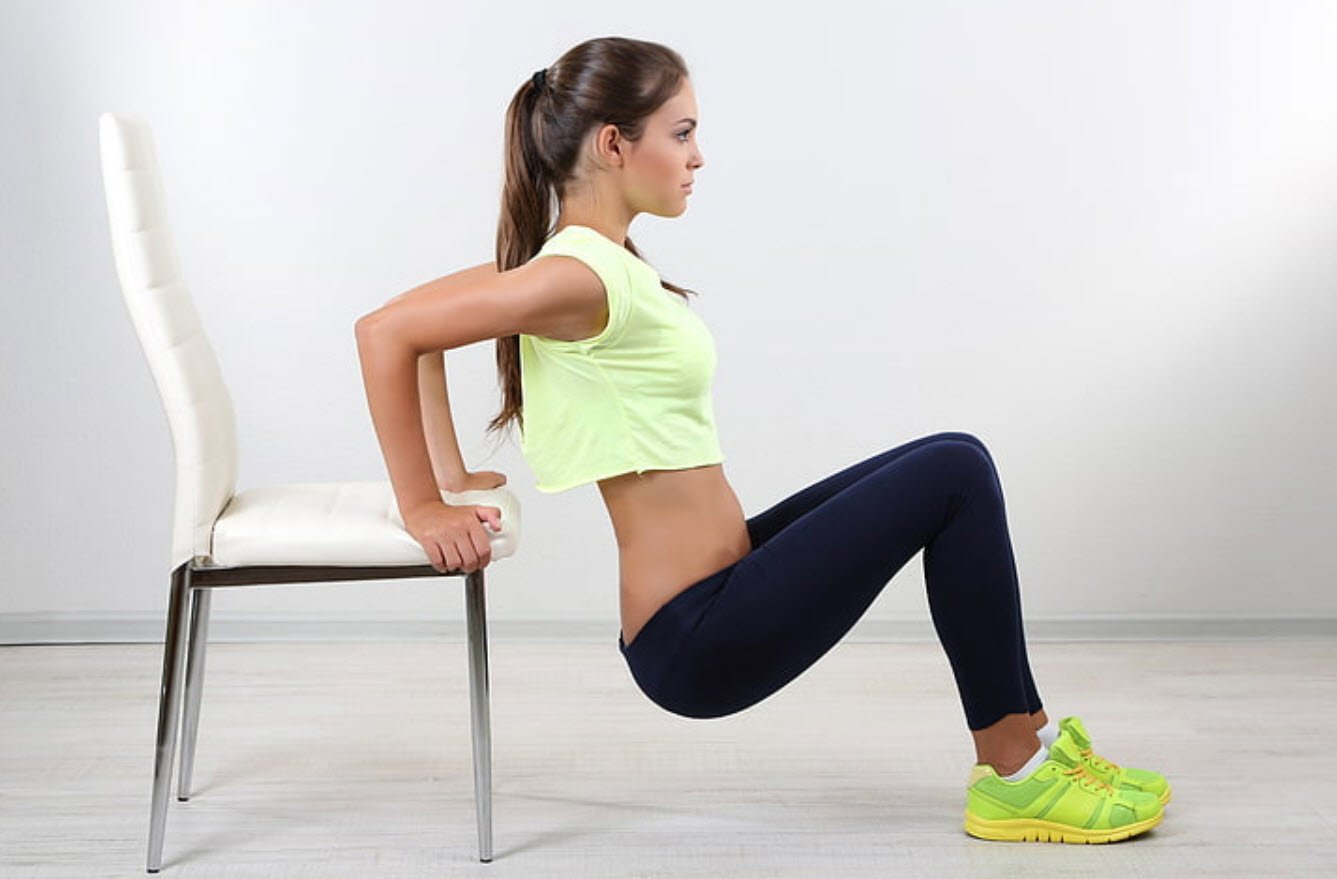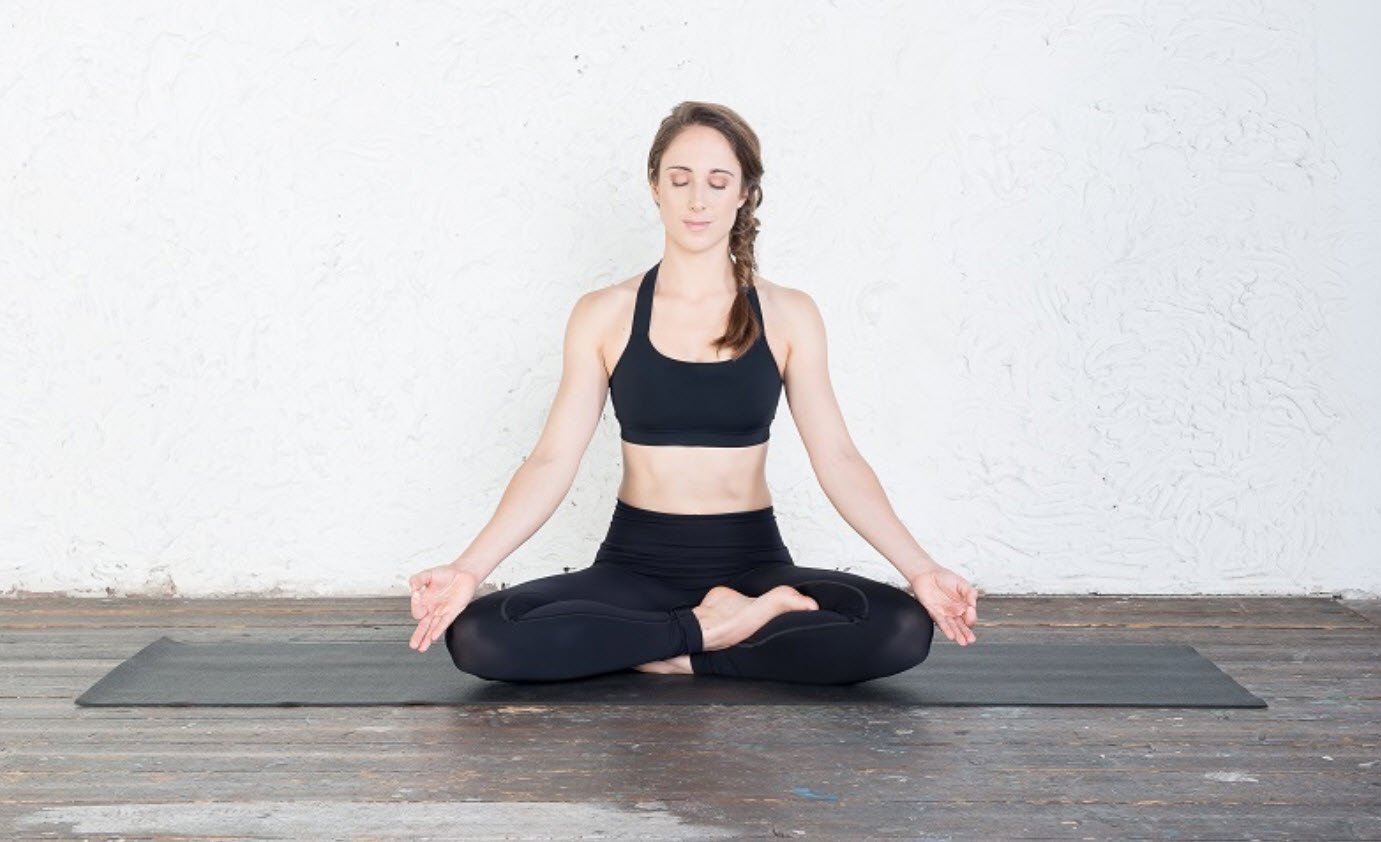
The Low Lunge Twist is a dynamic exercise that targets the hip flexors, core muscles, and spine. By incorporating this movement into your fitness routine, you can improve range of motion in twisting motions, isolate the spine for enhanced mobility, and strengthen the core.
In this article, we will explore into the technique, practical benefits, and essential tips for performing the Low Lunge Twist effectively.
Technique:
1. Starting Position:
Begin in a Low Lunge position with one knee on the ground and the front knee aligned over the ankle. The back knee should be relaxed on the ground, positioned approximately 1.5 to 2 feet behind the front foot.
2. Hip Alignment:
Push down through the heel of the front foot and gently squeeze the back hip forward to square the hips toward the front. This helps optimize the stretch and alignment of the exercise.
3. Core Engagement:
Pull the buttocks under the torso, engaging the core by squeezing it tight. This action stabilizes the spine and strengthens the core muscles.
4. Chest and Shoulder Position:
Lift the chest and extend the arms laterally, forming a straight line from one arm to the other across the shoulders. Palms should face forward.
5. Twisting Motion:
Twist the torso in the direction of the front leg, rotating the upper body sideways. Keep the hips facing straight forward throughout the twist.
6. Maintain Posture:
Keep the chest and chin lifted, ensuring the shoulders remain relaxed and not hunched.
7. Hold and Breathe:
Maintain the twist position for 20 to 45 seconds, focusing on deep and controlled breathing.
Tips for Safe and Effective Practice:
- Full-Body Engagement: Engage your core muscles throughout the exercise to support the spine and facilitate the twisting motion. This helps isolate the twist in the spine and strengthens the core.
- Hip Alignment: Ensure the front knee remains aligned over the ankle, and the back knee is relaxed on the ground. Proper hip alignment promotes optimal form and reduces the risk of strain.
- Controlled Twist: Use the strength of your core to initiate the twist, rather than relying solely on the upper body. This helps isolate and enhance spinal mobility.
- Extend the Arms: Reach the arms as far away from each other as possible, creating tension and length in the upper body. This intensifies the stretch and engages the shoulder muscles.
- Maintain Length in the Spine: Before twisting, focus on elongating the spine by lifting the chest and lengthening the crown of the head upward. This ensures proper posture and alignment during the twist.
- Gradual Progression: If you have limited flexibility or experience discomfort, start with a smaller twist and gradually increase the range of motion as your mobility improves.
- Listen to Your Body: Pay attention to your body’s signals and avoid pushing beyond your limits. Stop or modify the exercise if you experience pain or discomfort.
Incorporate the Low Lunge Twist into your workout routine to enhance hip flexibility, strengthen your core, and improve spinal mobility. By practicing this exercise regularly, you can isolate and improve the range of motion in your spine during twisting motions, leading to improved overall mobility and stability.
Remember to engage your core, maintain proper alignment, and breathe deeply throughout the exercise. Enjoy the benefits of the Low Lunge Twist as you work towards a more mobile and resilient body.








